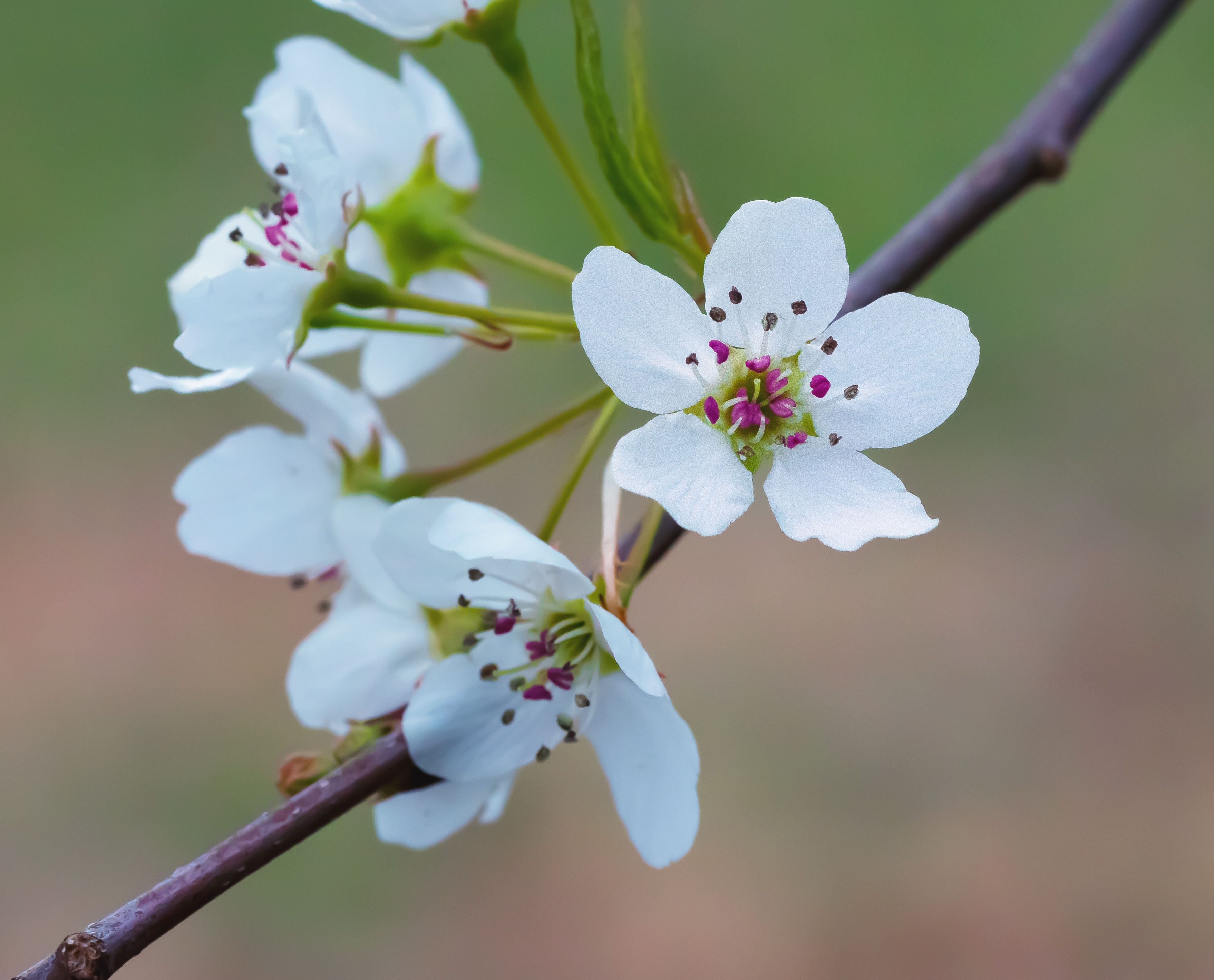They might look pretty, but Callery pear trees are an invasive species in the US and have the potential to cause chaos in the local ecosystem. But perhaps worst of all, they really, really stink.
Callery pear trees, also known as Bradford pear trees, are an ornamental tree that’s been in the country for just over a century. They were first imported to North America from East Asia in 1909 to the Arnold Arboretum of Harvard University, then again in 1916 by the US Department of Agriculture (USDA) as a way to combat blight in the common pear.
Each spring, the trees burst into bloom with clusters of dainty white five-petaled flowers. Americans quickly grew fond of their beauty and eagerly planted them throughout the growing suburbs to beautify their neighborhoods. Their ease of growth and surprising resistance to disease and other challenges made them especially appealing to home gardeners.
In 1964, the New York Times declared: “Few trees possess every desired attribute, but the Bradford ornamental pear comes unusually close to the ideal.”

Close-up of a Callery Pear tree flower with bright white petals.
Image credit: dlamb302/Shutterstock.com
The trees have proven to be a little too successful. Callery pear trees are cultivars, selectively bred for their appealing appearance, rapid growth, and ability to thrive in tough landscapes. They were once believed to be sterile, since two Callery pear trees cannot reproduce with each other. However, when different varieties are planted nearby, they can cross-pollinate and produce fertile seeds. Birds eat the fruit and spread the seeds across large areas, enabling the species to spread rapidly and outcompete native plants.
There’s also the problem of pungent odor. Their springtime bloom may be charming to the eyes, but it entails the release of a potent scent that’s not a treat for the nose. The offensive scent, which is believed to attract flies, has been described as everything from rotting fish and vomit to a dirty locker room and semen.
Another issue is their structural weakness. After a few decades, the tree’s branches can become very fragile and prone to snapping off. This can be especially dangerous during storms.
The species is listed as an invasive or “noxious” species in at least five states, including Alabama, Delaware, Maryland, Missouri, and North Carolina, according to the USDA.
It is illegal to sell, plant, or grow Callery pear in Ohio, Pennsylvania, and South Carolina. Other states, including Missouri, will give residents free native trees if they cut down Callery pear trees on their property. In North Carolina, the effort to eliminate the species is known as the “Bradford Pear Bounty” program.
The rise and fall of the Callery pear tree is a cautionary tale about how even well-intentioned introductions to the environment can have unintended consequences. What began as a hopeful solution to agricultural disease and a quick fix for suburban beautification has become an ecological headache. Like a botanical Pandora’s box, this very smelly tree is a reminder that it’s all too easy to upset the balance of nature with short-sighted actions.
Source Link: This Disgusting-Smelling Tree Is Taking Over The US – And Some States Want It Gone